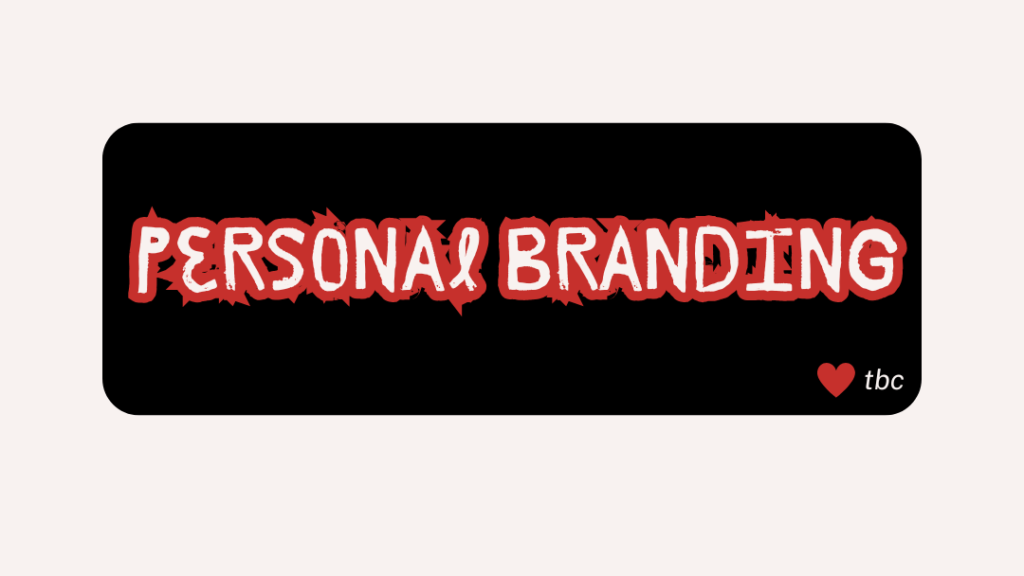The Ultimate Guide to Content Pillars
Content pillars are the spine of successful content marketing strategies in 2025. They give structure, consistency, and purpose to content creation efforts and help establish brand authority in your niche.
This is the Ultimate guide to understanding what is a content pillar and what you need to know about building your content pillars, It will reveal critical strategies most blogs miss when discussing this essential marketing framework.
What is Content Pillar?
Content pillars are the core themes or topics that form the foundation of your content strategy, they represent the primary subjects your brand consistently creates around, establishing expertise and providing value to the audience.
These strategic categories ensure your content remains focused, organised, and aligned with your brand values and audience needs.
For instance, the material of a fitness company like Planet Fitness may be organized around pillars like exercises, dietary advice, success stories, and mental wellness.
Why Content pillars matter for your strategy:
1. Streamlining the content creation
With content pillars, you eliminate the struggle of constantly searching for new ideas. Rather than taking shots in the dark, you can always refer to your content pillars to generate relevant content that aligns with your overall strategy.
2. Creating Consistent Brand Messaging.
Your brand’s voice and message stay the same across all platforms because of content pillars. Over time, people will come to associate your brand with specific expectations from you, enhancing your perception of it. Consistency helps you gain the audience’s recognition and trust.
3. Improving Authority Building
You build expertise in niches by regularly creating content around certain topics. For example, fitness enthusiasts start looking at you as a trustworthy expert and inspiration source when they frequently consume insightful material from your fitness company about mental health and exercises.
4. Simplifying Planning and Organisation.
Your content calendar gains structure from content pillars, which helps planning. Content ideation becomes easier and more effective once different subjects are created.
Types of Content Pillars

Content pillars can take different forms depending on your business goals, industry, and audience needs. Understanding these different approaches helps you select the right framework for your strategy.
A. Topic-based content pillars.
These pillars organize content around specific subjects relevant to your industry and audience interests. A financial services company might use pillars like retirement planning, investment strategies, tax optimization, and financial literacy.
B. Value-based content pillars
These content pillars centre on the core values and benefits your brand delivers. A sustainable clothing brand might structure content around pillars like environmental impact, ethical manufacturing, sustainable materials, etc.
C. Customer journey pillars
These pillars align with different stages of the customer’s journey creating content specifically designed for awareness consideration in the decision and retention phases. This sets appropriate engagement in every step of the process.
D.Problem-solution pillars.
These pillars focus on the key problems your audience faces and how your brand helps solve them. A productivity software company will build pillars around time management, challenging team collaboration obstacles and workflow efficiency.
E. Product service pillars.
These pillars directly connect to your offering, with each pillar representing a product category, service line or key feature. This approach works well for brands with diverse product lines that serve different purposes.
With all that in now let’s understand how can we build content pillars.
How to Create Effective Content Pillars: A Step-by-Step Process
Creating content pillars requires strategic thinking and audience understanding. Follow this comprehensive process to develop pillars that drive results:
1. Analyze your audience.
Deeply go beyond your audience’s basic demographics to identification.- Key pain points and challenges they face
a. Questions they’re regularly asking
b. Topics they’re passionate about
c. Content formats they prefer consuming
d.Platforms where they spend their time
use surveys, interviews, social listening, and analytics to gather these insights.
2. Create an Audit of your existing content
first, review your current content performance to identify topics that consistently generate engagement and underperforming content areas.
3. Next Analyze your brand positioning
Your content pillars should naturally align with your brand’s USP ( unique value proposition). Finding out what differentiates you from your competitor, what specific expertise your brand possesses, and how your values translate into the content itself will help you build the brand positioning.
4. Deciding Primary Pillars.
Based on your research from the above steps, identify 3-5 core content pillars that will form the foundation of your strategy. For most brands, 3-5 pillars provide enough diversity without becoming unmanageable.
Each pillar should include these things:
a. Significant audience need or interest.
b. Alignment with your brand expertise and values
c. Offering opportunities for diverse content creation
d. Supporting your business and marketing objective
5. SOPs within each pillar
Expand each pillar by identifying 5- 10 subtopics that fall under a broader theme. These subtopics provide specific content ideas while being under a connection to the larger pillar.
For Example, if “sustainable living” is a pillar for an eco-friendly product brand, subtopics include:
A. Zero-waste kitchen practices
B. Plastic-free alternatives
C. Sustainable travel tips
D. Energy conservation at home
E. Eco-friendly gift ideas
6. Content Distribution Mix
After determining the pillars, each pillar will be expressed across different channels and content formats for this ask these questions:
A. Which pillars work best for ad blog content
B. Which pillars translate well to social media
C. Which pillars deserve video treatment
D. Which pillars might work as podcast topics
7. Develop A Content Calendar
Creating a balanced editorial calendar that rotates through your pillars consistently ensures you build authority across all your core themes rather than focusing too heavily on one area.
This was your go-to guide for understanding what is a content pillar for building effective content pilar for your brand and business. Few brands focus on the content pillars because it gives them the authority and connection with their audience.



